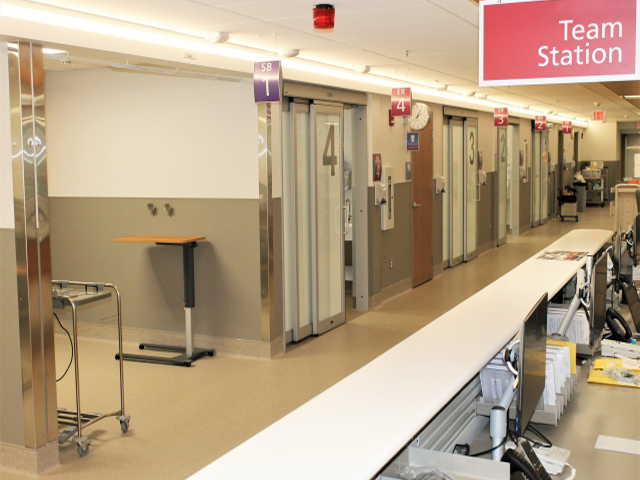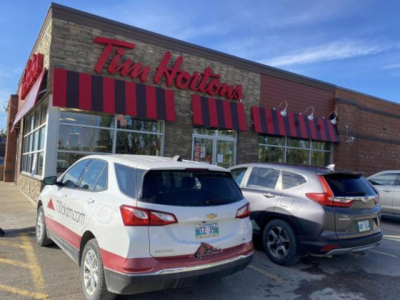It’s been one year since the new Emergency Department (ED) opened up at the Dauphin Hospital.
In the past year, staff have been able to become accustomed to the upgrades and larger space to work with.
Curt Gullett, Dauphin Regional Health Centre Director, says over the past year, physicians and staff have worked to learn and improve patient flow in the new ED space.
“Our new ED treatment areas and equipment have been beneficial for the support of client care needs and the requirements of the general public.”
Improvements that were made with the new ED include improved access to the hospital through the back entrance cul de sac and ED front doors, the EMS now offloads in a four-bay temperature controlled area, and the special care unit got private rooms, adjacent bathrooms, and overhead sky lighting.
Gullett says feedback from the staff at the hospital has generally been very positive.
“Private areas for the clinic and the clients to have their treatments provided, so privacy is a big thing, adequate space for the staff to work in and function has been certainly one of the things we’ve heard positive staff response to, and again, the layout, we’ve taken the approach that it’s a team effort and it’s a team approach, so all of our work stations are team stations, they’re not just nursing stations anymore, so really focusing on the team aspect at Dauphin Regional Health Centre.”
Activity at the ED overall has been busy. Although COVID has caused a decline in the use of the ED. That decline is also in part from the major events such as Countryfest, CNUF, and the Ag Fair being postponed.
While work was being done on the new ED, the department was in a temporary space.
Since moving into the upgraded area, that temporary space has been left vacant.
Gullett says PMH and Manitoba Health, Seniors, and Active Living are working together to determine what that space will become.
“It’s a fairly large space, but when we designed the temporary ER, we designed it, essentially that it would be potentially a clinical enhanced area. So, it was developed with that in mind, that it would be some form of clinical space.”







